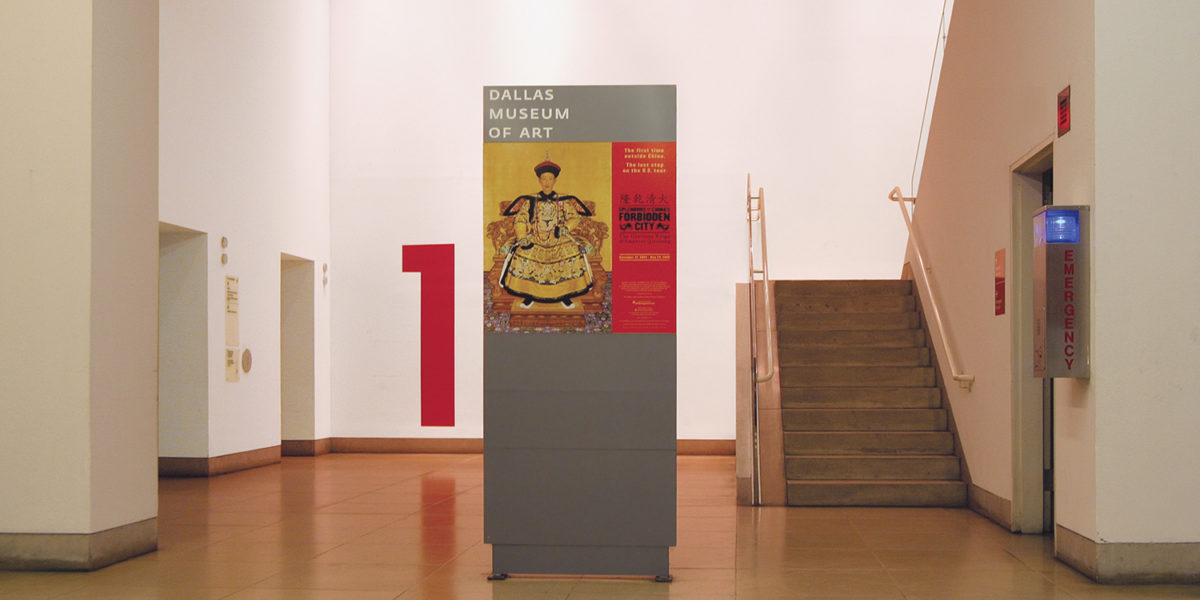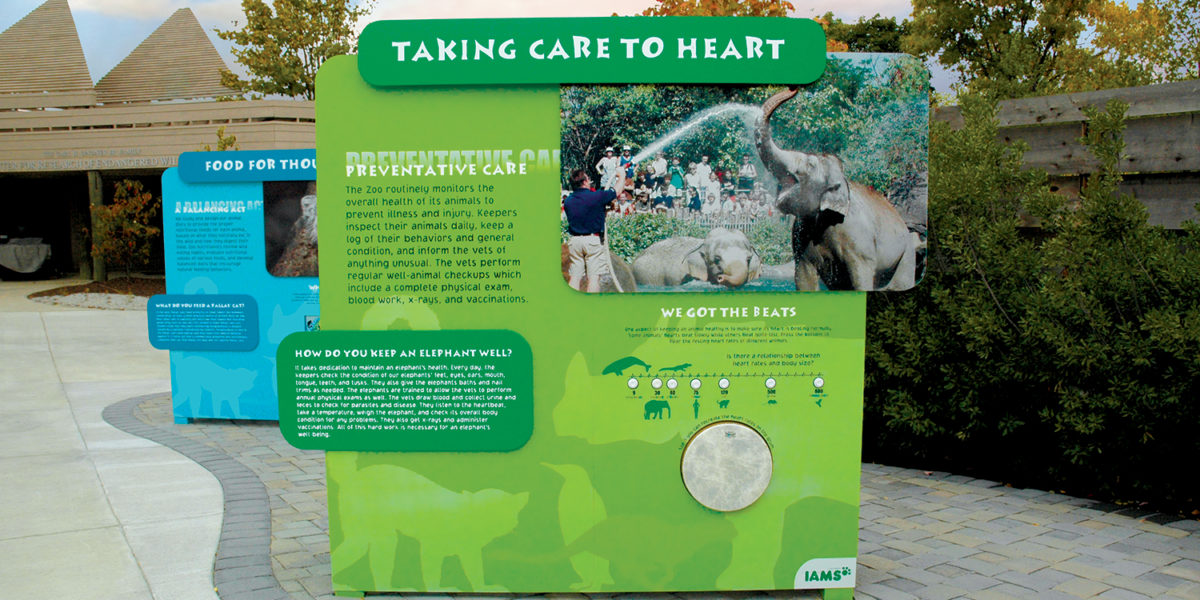4 Categories of Wayfinding Signs
The clear purpose of signage is to communicate important information to people about their surroundings. Since signs are one of the only elements of an environment that conveys meaningful information, they are an integral and interactive element of the built environment.
Wayfinding is a process designed to orient people within an environment and guide them to their desired destination. Ensuring that sign messages are clear, legible, in the right place and accessible is critical to a seamless and successful signage program.
Wayfinding expert Ernest Dwight is known for simplifying the various sign types needed for a wayfinding program into 4 main categories: Identification, Directional, Regulatory and Informational signs.
Depending on the project, all or a combination of the following categories of content will be utilized to create a comprehensive and clear signage plan.
1. Identification

Identification
- Identify specific destinations.
- May be implemented in conjunction with Directional signs.
- Depending on the application, may be required to have raised text and braille.
- Examples: Room IDs, such as a Conference Room or Restroom sign.
2. Directional

Directional
- Located throughout the environment to direct people to various destinations.
- Directional signs often have arrows to point in specific directions toward the destination.
- They are not required to have raised text and braille but call for sufficient letter height and LRV Contrast.
- Example: Overhead airport signage directing toward a gate.
3. Regulatory

Regulatory
- Located on the interior and exterior of a facility to regulate conduct.
- This sign type typically includes a pictogram to draw attention to and clarify the message.
- Mandated by code authorities.
- Examples: Signs outlining rules, like No Smoking and No Parking signs.
4. Informational

Informational
- Located throughout a campus or facility at important markers.
- Informational signs can be detailed and provide important information about an environment’s use and operations.
- Examples: Directory Signs or a location’s Hours of Operation.
Informational Sub-Categories
Honorific

Honorific
- Signage that honors people and events related to the space.
- Honorific signage is most common at civic sites, schools, and nonprofit organizations.
- Typically, the client provides the message for honorific signage.
- Examples: Donor Recognition signage and commemorative historical plaques.
Warning

Warning
- Located outside of dangerous or restricted areas, warning signs alert people to hazards within a space.
- May or may not be mandated by code authorities.
- Example: An elevator lobby sign reading, In Case of Fire, Use Stairs Unless Otherwise Instructed.
Interpretive

Interpretive
- Helps people reach a deeper understanding of the meaning of an environment.
- Research is required to develop content for interpretive signage.
- The client or an outside expert typically develops the message.
- Example: A sign that provides information about artifacts at a museum.
While these 4 categories represent the majority of signs in a wayfinding program, this is not a comprehensive list.
ASI’s local teams consist of signage professionals with extensive experience working alongside an architect, GC, designer or directly with a client to develop all elements of a signage program. Comfortable with taking the lead in developing the informational content of the signage program, ASI’s team excels at analyzing site-specific wayfinding needs.
Want to get the ball rolling on your comprehensive signage project? Speak with an ASI Sales Consultant today. There are a lot of factors to consider in a signage program – share your vision with the signage experts at ASI and our local team will bring it to life.
Sources:
Calori, C., & Vanden-Eynden, D. (2015). Signage and wayfinding design: A complete guide to creating environmental graphic design systems.
Dwight, E. (2008). Signs of the Times. American School & University, 80(12), 38-40.



